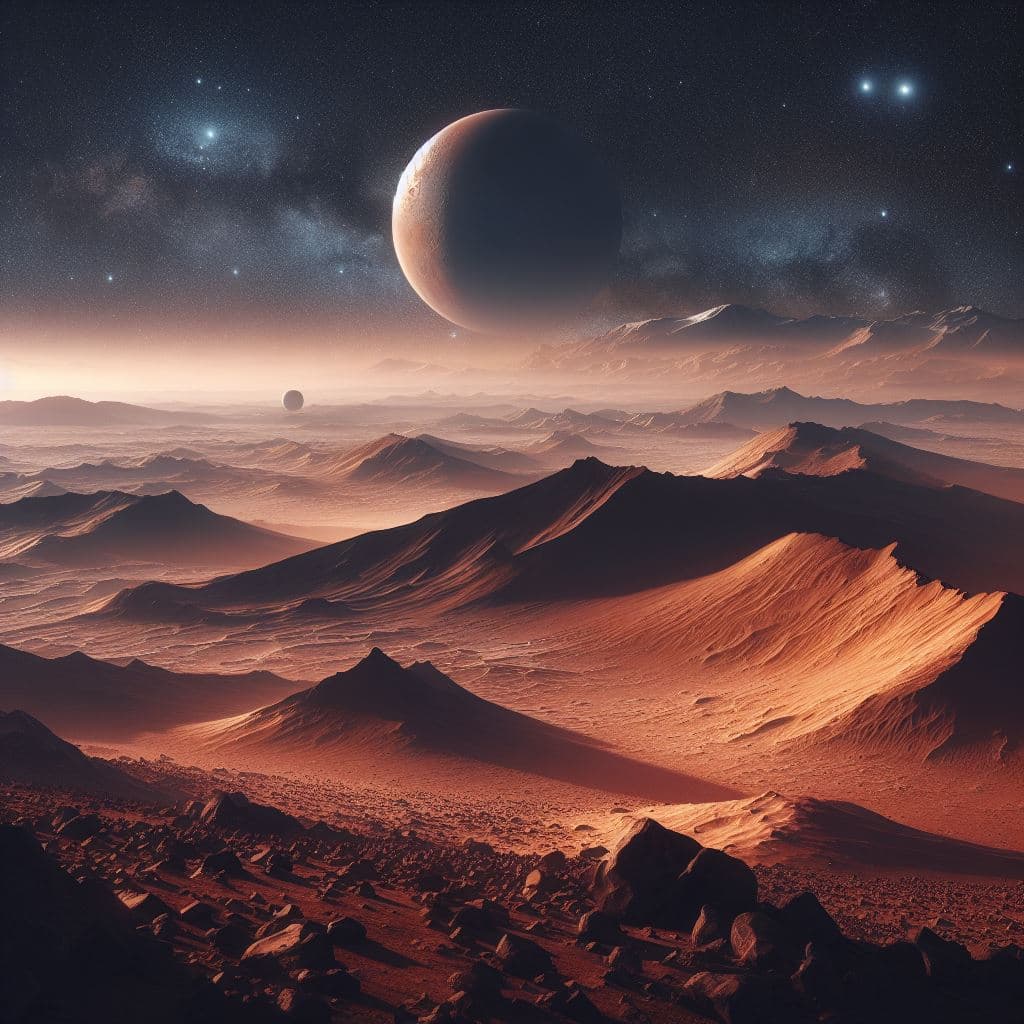Introduction
Mars, often romanticized as Earth's "sister planet," has long captured human imagination as a potential abode for life—both past and present. However, understanding the Martian atmosphere and climate is crucial for tempering these expectations. Mars is not as hospitable as it may seem from afar. Its thin atmosphere and extreme weather conditions pose challenges that must be addressed in any mission to the Red Planet.
Composition of the Martian Atmosphere
Mars has an atmosphere that is mostly composed of carbon dioxide, which accounts for about 95% of its atmospheric volume. Traces of nitrogen and argon are also present. This composition is in stark contrast to Earth's atmosphere, which is predominantly nitrogen and oxygen. Mars' thin atmosphere has a surface pressure less than 1% of Earth's, making it incapable of supporting human life without life-support systems.
The absence of a significant amount of oxygen not only makes it inhospitable for humans but also raises questions about the possibility of past or present life forms on the planet. Specialized habitats or life-support systems would be essential for human survival, emphasizing the challenges of potential colonization.
Temperature and Weather Conditions
The weather conditions on Mars are as unpredictable as they are harsh. Temperatures on the planet can swing drastically within a single Martian day, known as a "sol." During daytime, temperatures can reach up to 70 degrees Fahrenheit (20 degrees Celsius), while nighttime lows can plummet to -80 degrees Fahrenheit (-62 degrees Celsius).
This extreme temperature variation is primarily due to the planet's thin atmosphere, which is inefficient at retaining heat. This poses risks not just to human explorers but also to electronic equipment and machinery, which would need to be specially designed to withstand these conditions.
The Phenomenon of Dust Storms
One of the most captivating yet perilous features of Mars' climate is its frequent dust storms. These storms can vary in scale from localized events to planet-wide phenomena that last for months. The fine, powdery dust gets whipped up into the thin atmosphere and can sometimes obscure the entire surface when viewed from space.
Dust storms on Mars have implications for visibility, power generation, and instrumentation. For missions relying on solar power, a prolonged dust storm could critically impede energy collection, potentially leaving rovers or bases without power for extended periods.
Conclusion
Understanding Mars' atmosphere and climate is not just an academic exercise; it is essential for the practicalities of exploration and potential colonization. From its thin, carbon dioxide-rich atmosphere to its extreme temperature fluctuations and pervasive dust storms, Mars is a planet of extremes.
Despite these challenges, the fascination with Mars is not likely to wane anytime soon. As technology advances, we may find ways to overcome these obstacles, inching closer to the dream of setting foot on the Red Planet. Until then, the harsh realities of Mars serve as a sobering reminder of how much we have yet to learn about our celestial neighbor.
